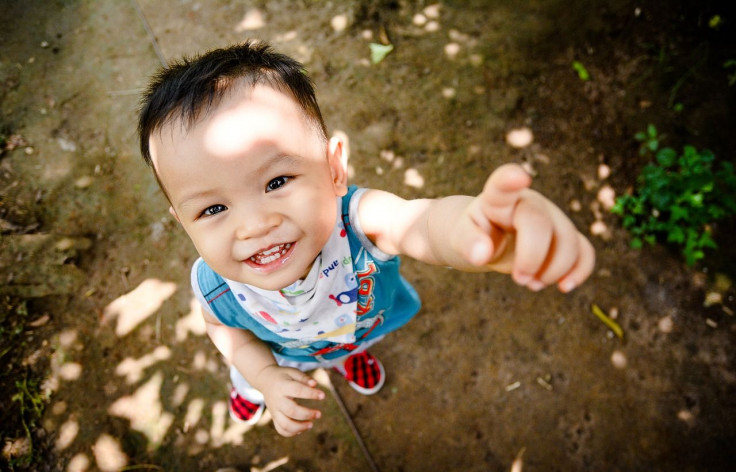First Signs Of Autism: How To Recognize Spectrum Disorder And Earliest Effective ASD Interventions

For new or expecting parents, autism can be a worrying prospect. You are concerned about the health and welfare of your child, and the developmental disorder comes with hardships and unknowns. Although scientists have not yet found a way to prevent autism, early detection of the disorder could be helpful and perhaps make therapeutic interventions more successful.
The autism advocacy group Autism Speaks hosts a checklist of symptoms in toddlers called an M-CHAT. It includes social signs like being uninterested in other children and not caring to show toys to a parent, as well as developmental signs. That latter group could include not sharing big smiles or other facial expressions; not babbling by 12 months or speaking by 16 months; not responding when you call their name; and not pointing or responding to your pointing.
Read: Telling Autism from Anxiety in Kids
Autism Speaks emphasizes that it’s important to recognize autism’s early signs and get treatment as early as possible.
“While every child develops differently, we also know that early treatment improves outcomes, often dramatically,” the group says. “Studies show, for example, that early intensive behavioral intervention improves learning, communication and social skills in young children with autism spectrum disorders (ASD).”
Autism appears with varying severity, but is known most for making it difficult to interact or communicate with other people. The U.S. National Institutes of Health say more general signs of the disorder, such as those that would appear in older children, may include becoming upset when a routine is changed, not holding eye contact or a conversation, performing repetitive behaviors, not being able to understand other people’s actions or perspectives, and responding to others’ emotions or words in an unusual or incongruous way.
If a child is diagnosed with autism, their condition may improve with the help of therapies aimed at improving speech, social skills, emotional control and motor skills.
The challenge of identifying symptoms does not always end once a child is diagnosed with autism. Because both autism and anxiety symptoms can appear in a similar way, such as through social avoidance or fear of change, it can be hard to tell them apart and thus get a child proper treatment. However, researchers are developing tests to better identify anxiety disorders that occur in children with autism.
See also:



























